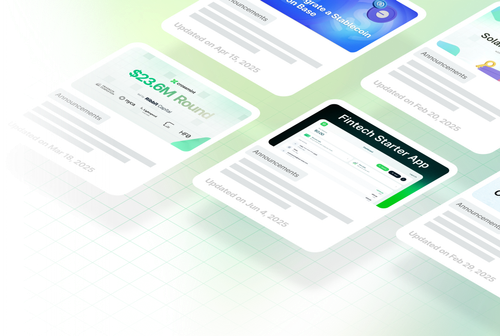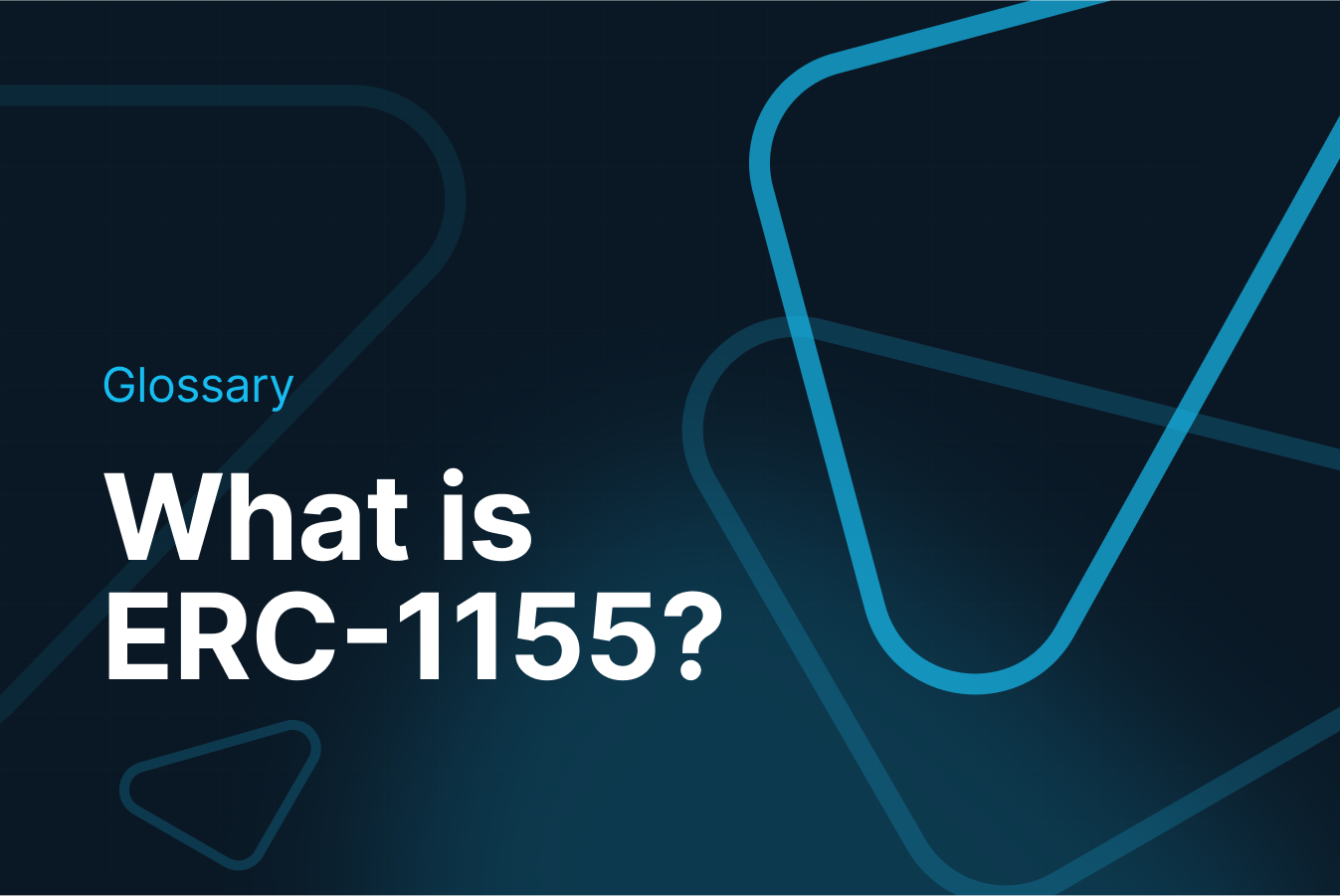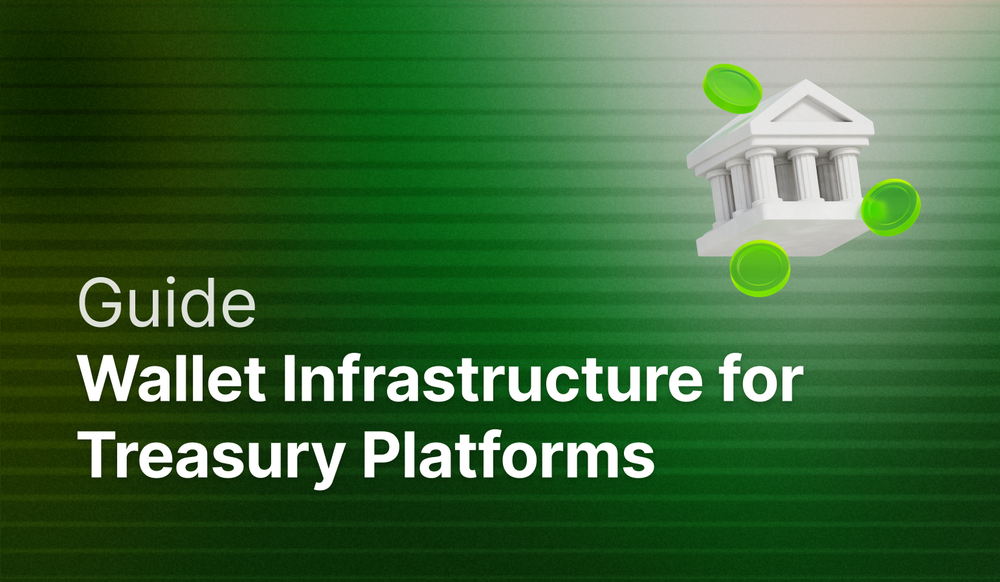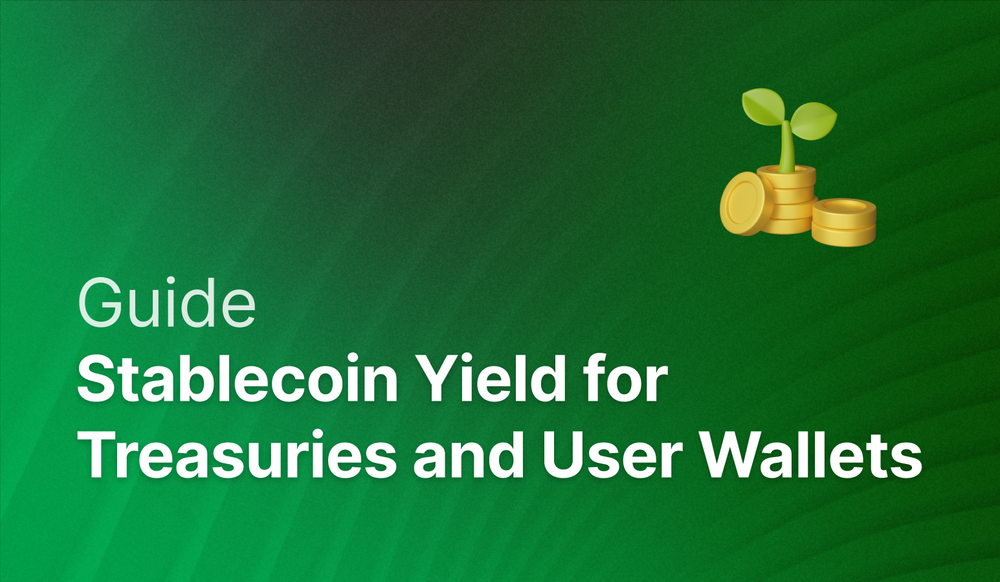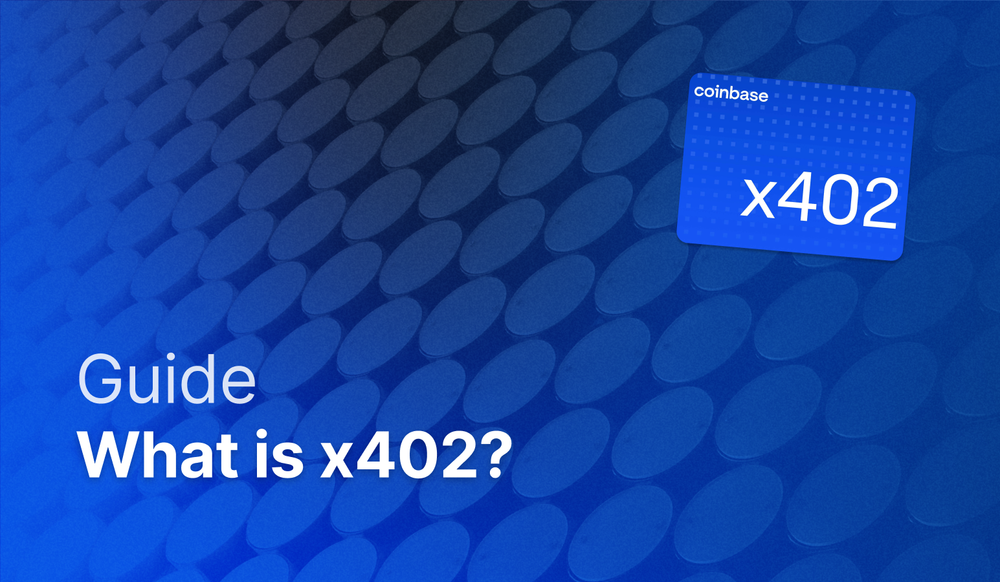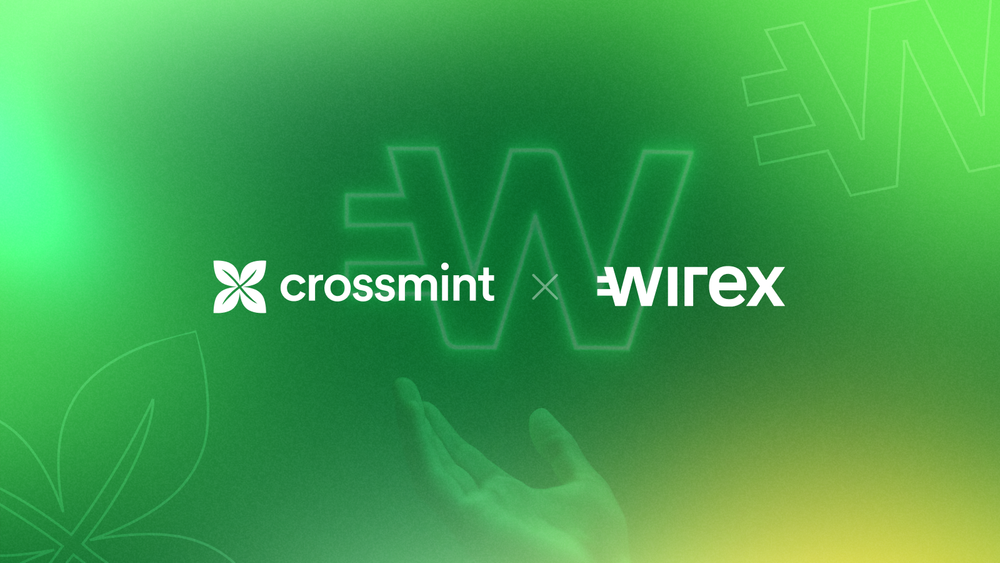In the dynamic landscape of blockchain technology, the ERC-1155 token standard, also known as the Semi-Fungible Token Standard (SFT), emerges as a groundbreaking innovation. Uniquely blending the properties of fungible and non-fungible tokens, ERC-1155 addresses the limitations of previous standards like ERC-20 and ERC-721.
This article explores ERC-1155, shedding light on its inception, defining characteristics, and its transformative potential in diversifying the applications of blockchain technology across various sectors.
What is ERC-1155?
ERC-1155 represents a significant evolution in the Ethereum token landscape. This standard allows for the creation of both fungible (interchangeable) and non-fungible (unique) tokens within a single smart contract. This hybrid approach distinguishes ERC-1155 from its predecessors: while ERC-20 standardizes fungible tokens like cryptocurrencies, and ERC-721 governs non-fungible tokens (NFTs) like digital collectibles, ERC-1155 blends these concepts, enabling a more versatile and efficient token management system. This flexibility makes it particularly appealing for applications requiring a mix of fungible and non-fungible assets, such as in-game items in video games or various assets in a digital marketplace.
Technically, ERC-1155 utilizes a comprehensive approach to token management. Unlike ERC-20 and ERC-721, which require a new contract for each token type, ERC-1155 allows an unlimited number of fungible and non-fungible tokens to be managed and transferred through a single contract. This not only reduces the transactional burden on the Ethereum network but also simplifies the user experience.
Developers can batch-transfer these tokens in a single transaction, significantly cutting down the transaction fees and improving the scalability of applications. Furthermore, ERC-1155's design includes enhanced security features and more straightforward interfacing with decentralized exchanges and marketplaces, fostering a more integrated and user-friendly ecosystem.
The versatility of ERC-1155 has broad implications for its applications. In the web3 gaming industry, for instance, this standard can revolutionize how in-game items are handled, allowing players to own, trade, and transfer a wide variety of assets, from currencies to unique items, within a single game environment. Similarly, in the realm of digital art and collectibles, ERC-1155 facilitates the creation and trade of both limited edition and common pieces, streamlining the process for creators and collectors. The standard's flexibility and efficiency make it a valuable tool for developers and entrepreneurs looking to innovate within the blockchain space.
Why Was the ERC-1155 Token Created?
The creation of the ERC-1155 token standard stemmed from the technical inefficiencies and limitations of the ERC-20 and ERC-721 standards on the Ethereum blockchain. Specifically, ERC-20 and ERC-721, being solely fungible and non-fungible token standards respectively, necessitated separate smart contracts for each token type.
This approach was not only cumbersome but also led to increased gas costs and blockchain bloat, particularly in complex ecosystems like gaming or decentralized finance where multiple token types are in play. ERC-1155 was engineered to overcome these challenges by enabling a unified smart contract architecture that could handle an array of fungible, non-fungible, and semi-fungible tokens, thereby optimizing transaction efficiency and reducing on-chain storage requirements.
This new standard was designed with a focus on versatility and scalability, essential for the growing demands of sophisticated blockchain applications. It introduced a streamlined process for minting and transferring diverse token types, reducing the transactional footprint on the Ethereum network.
By consolidating multiple token types into a single contract, ERC-1155 significantly lowered gas costs and enhanced transaction speeds, addressing a critical pain point in blockchain scalability. The technical foresight embedded in ERC-1155's design not only resolved existing issues but also paved the way for more complex and efficient token interactions, aligning with the evolving needs of the Ethereum user base and developers.
ERC-1155 Characteristics
The ERC-1155 token standard is distinguished by several pivotal features, each contributing to its functionality and appeal in the blockchain ecosystem:
- Multi-Token Support: ERC-1155 is unique in its ability to handle multiple token types – including fungible, non-fungible, and semi-fungible tokens – within a single smart contract. This versatility simplifies asset management across diverse applications, particularly those requiring a blend of asset types.
- Batch Transfer Capability: A standout feature of ERC-1155 is its capacity for batch transactions. It enables the transfer of various token types in a single transaction, significantly cutting down on gas costs and enhancing the overall efficiency of the Ethereum network.
- Enhanced Security Protocols: The standard incorporates advanced security measures, ensuring robust authorization and secure token transfers. This makes ERC-1155 a more reliable choice for token transactions and approvals.
- Interoperability with Decentralized Platforms: ERC-1155 is designed for seamless integration with decentralized exchanges and other blockchain applications. Its interoperable nature fosters a more connected and fluid blockchain ecosystem.
- Optimized Resource Utilization: By allowing for the management of diverse tokens under a single contract, ERC-1155 reduces the on-chain footprint, leading to more sustainable and efficient blockchain operations.
- Scalability and Efficiency: The standard addresses some of the critical scalability challenges faced by previous token standards, making it a suitable choice for applications with high transaction volumes and varied asset types.
These characteristics make ERC-1155 a powerful tool in the blockchain space, offering flexibility, scalability, and efficiency for developers and businesses alike.
Related content:
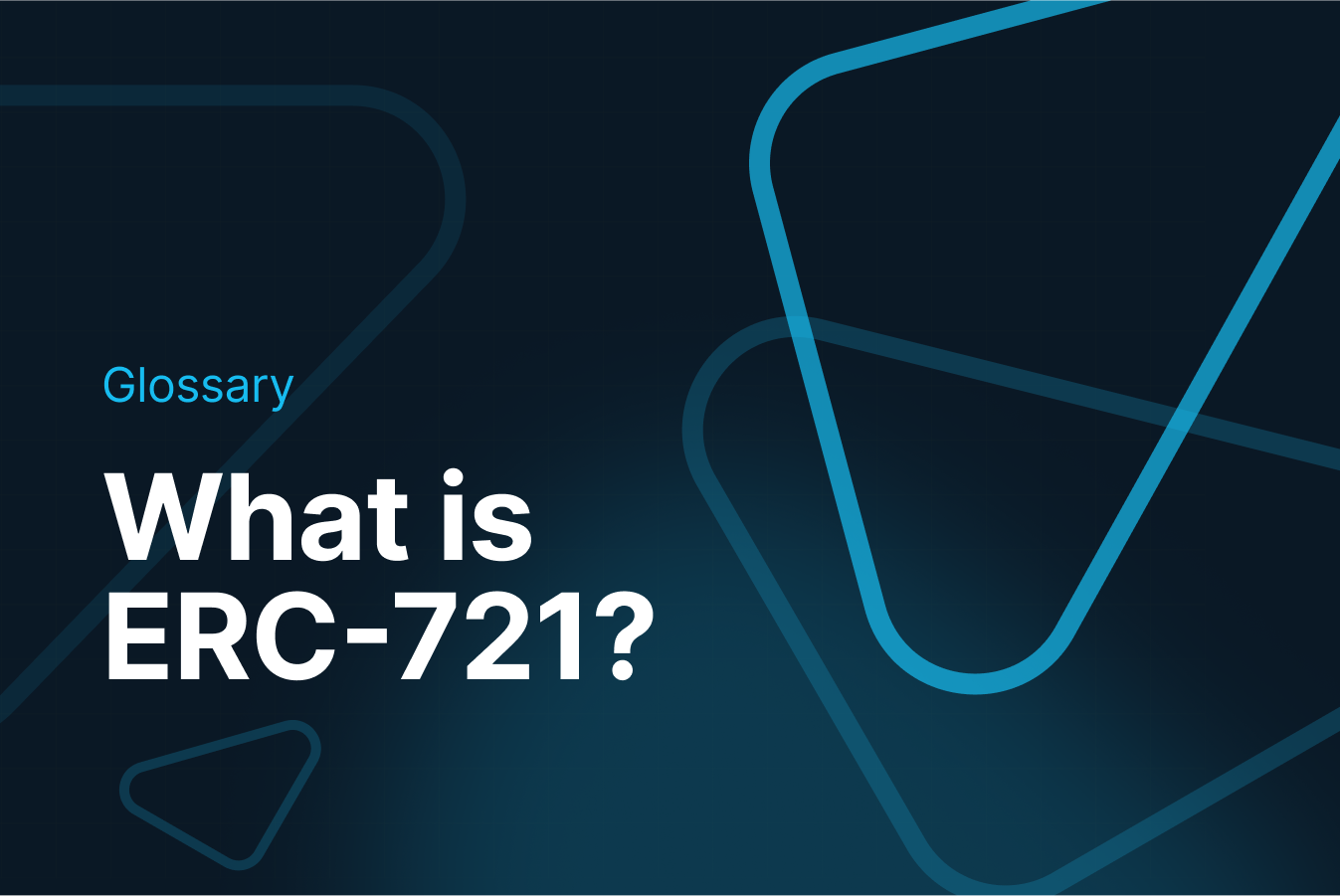
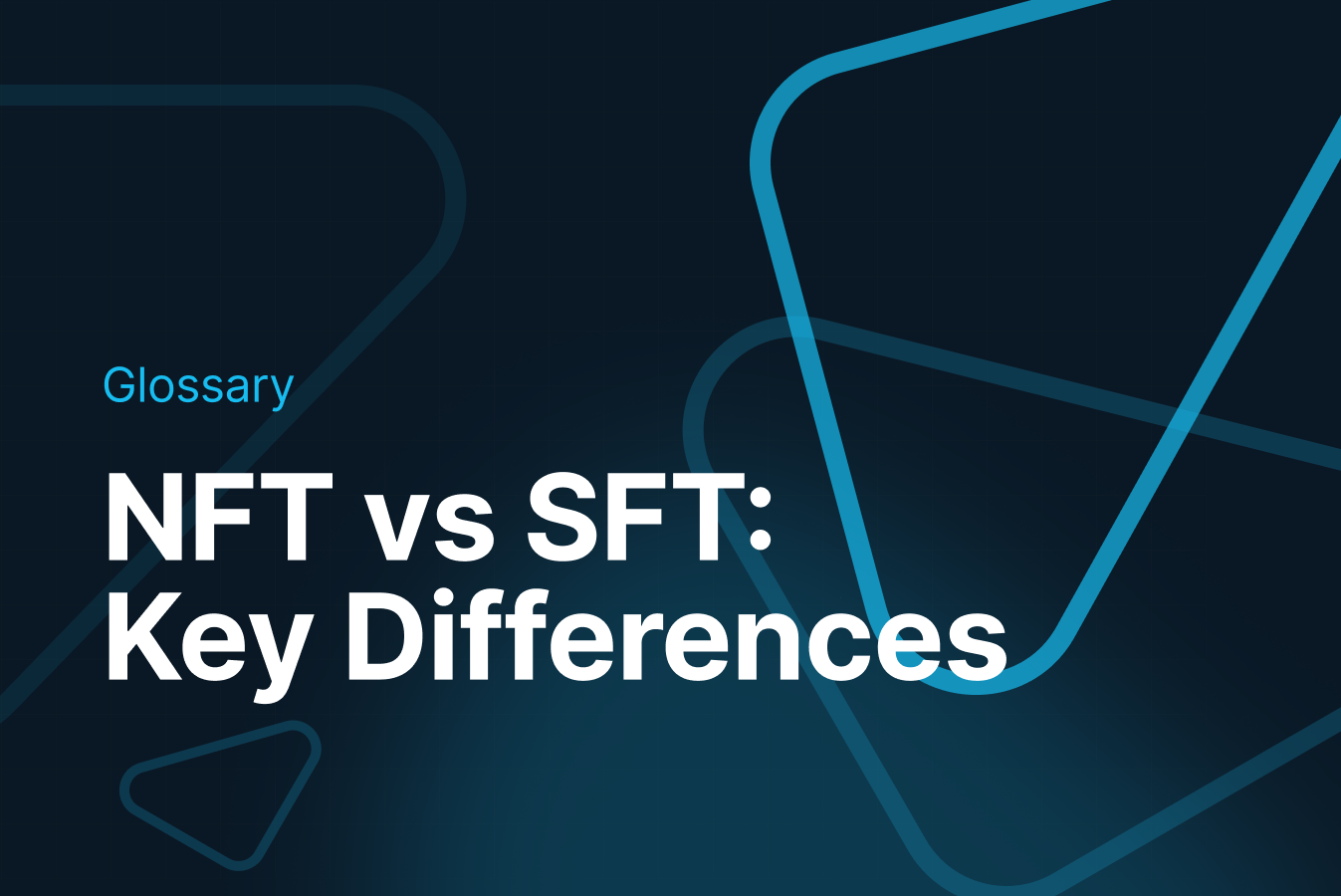
Learn how Crossmint's wallet infrastructure can support any use case across 40+ chains.


